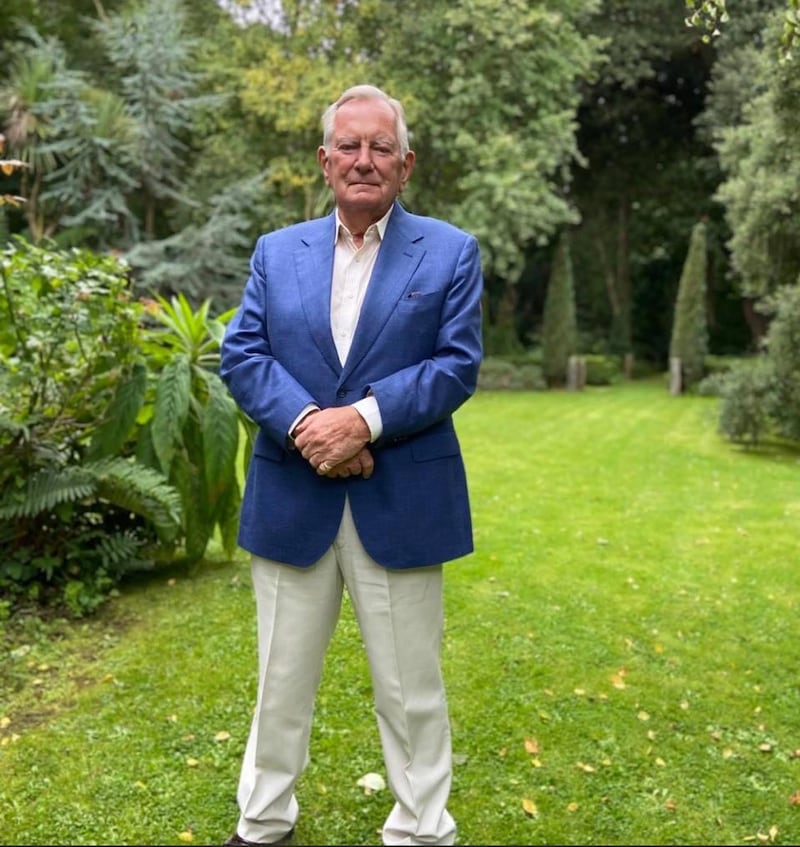Harold Clarke, the former chairman of Eason, author and noted conservationist, has died at the age of 89.
He passed away peacefully at the hospice in Wicklow on Sunday morning.
Mr Clarke was a well-known figure in Dublin from the 1960s until his death and was prominent in the arenas of conservation, art, bridge and, more recently, gardening.
He retired as executive chairman of the booksellers and publishers in 1995, an occupation he once described as the “nicest job in Ireland”, but remained on the company’s board as a director until 2010.
RM Block
He joined Eason as a trainee manager following his graduation with a degree in economics from Trinity College Dublin and remained there for the best part of 55 years. Even after his retirement, he would regularly travel from his home in Wicklow to attend board meetings of the firm.
He was a pioneer in the restoration of Dublin and, while working with the Eason senior management team in the late 1960s, he bought and completely restored a house on North Great George’s Street after which he was inspired to produce a successful series of pamphlets focusing on Irish heritage, the first of which looked in detail at Georgian Dublin.

He went on to sell the house at 19 North Great George’s Street in the late 1980s and, after his retirement, he relocated to Avoca, Co Wicklow where he devoted a considerable amount of time to the three-acre Japanese garden he created.
He was also prominent within the Friends of the National Collections, a voluntary body established to help preserve Ireland’s artistic heritage at a time when there was little or no State support for developing art collections in Ireland.
He retired from that role almost 20 years ago but remained active. One entry in Who’s Who recorded him as a noted bridge player with a keen interest in drama, books, architecture, travel and the visual arts.




















